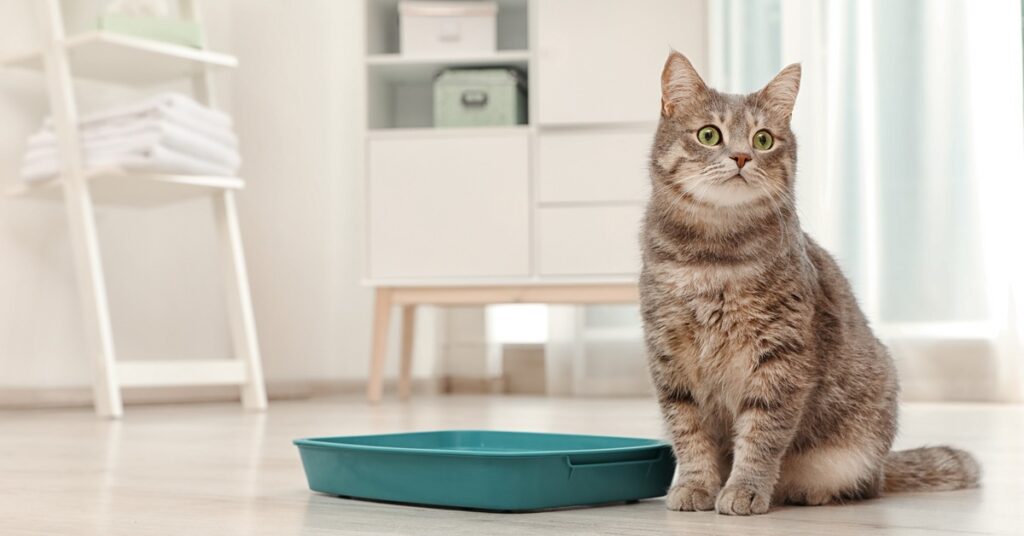A system of sensors controlled with Arduino monitors the state of cleanliness of the cat litter box and warns when the sand needs to be changed.
The cat litter box also becomes smart. Thanks to Arduino. On the official blog of the platform, the user christopher_haresnape has uploaded a project that allows to build a monitoring system for litter tray. It is a simple but ingenious system. The “accesses” are detected thanks to an ultrasonic rangefinder that sends a ping over the litter at regular intervals. If the measured distance is less than the length of the litter tray, then it means that a cat is sitting in the litter tray. This detection is used to count the number of visits and send the count to a display. This way, the owner knows how many “visits” there have been and can change the sand. The whole system is designed with the components of Arduino, a hardware platform consisting of a series of electronic boards equipped with a micro-controller. “We have three cats in the house and the litter tray fills up quite quickly – explained the author of the project. Sometimes, it happens that before we realize that the litter tray needs to be changed, one of the cats decides to go somewhere else to do its needs“.
You might also be interested in —> MarsCat is coming: the robot cat that meows and purrs
Arduino “warns” you when the cat’s litter needs changing
This is how the smart litter box made with Arduino works:
– “The blue pixels indicate the number of visits. All green pixels indicate the detection of the presence of cats for testing, etc.. The red pixels indicate that the cat litter must be modified. The circuit is in an enclosure so that it cannot be disturbed by cat activity.
– The detection of the presence of cats includes a debounce function. All variables for cat litter length, debounce delay, Neo Pixel number, margin of error and report for detection to LED indication can be set at the top of the code for customization and adjustments.
Possible improvements:
– If a continuous power supply can be guaranteed, it may be made self-calibrating. The user should press a button each time the litter is changed, after carefully inspecting it, and the code would calculate the average maximum.
– It turns out that the Neo Pixels are quite bright and you can see a glow on the upper floor during the night, especially when all eight pixels are lit. A night off button may be included to allow the user to temporarily turn off the LEDs but for the code to continue counting visits.
– An automatic night shutdown version could use a PIR to detect cat or man activity in the vicinity and activate the LEDs and ping loop for a few minutes. This is probably best because it makes sure we don’t forget to turn the lights back on in the morning and end up back to square one with cats having “accidents” elsewhere in the house.
– If you use the PIR as above, the Arduino could be put into low power mode and sleep with the LEDs and turn off until there is a PIR interruption. This would allow the batteries to operate.
You might also be interested in —> “Adopt a cow” remotely: online is boom of requests
